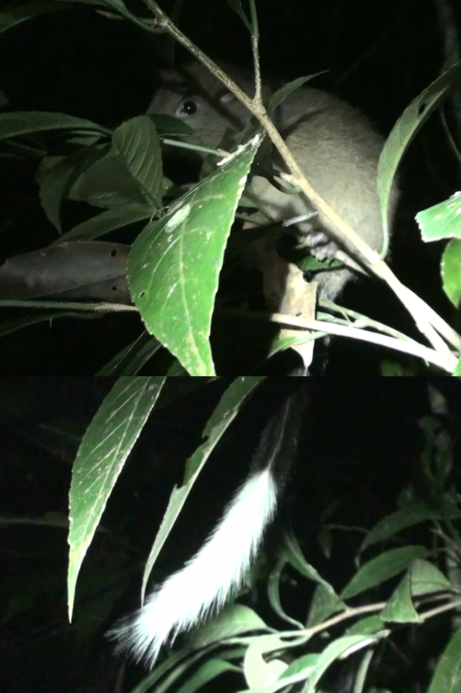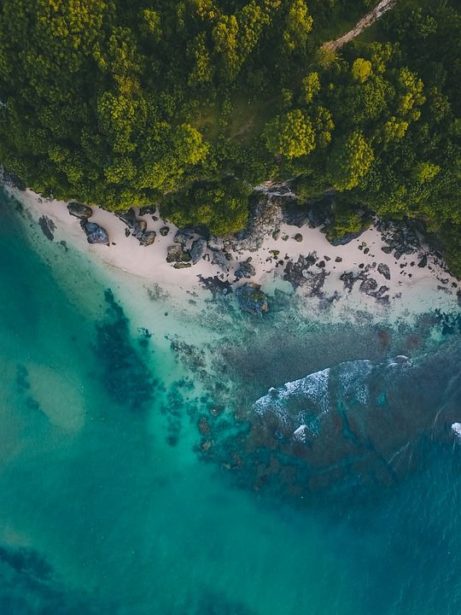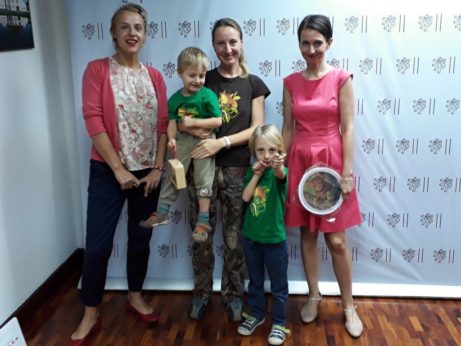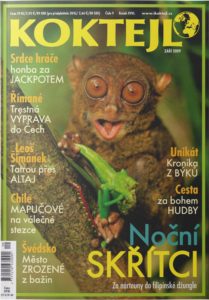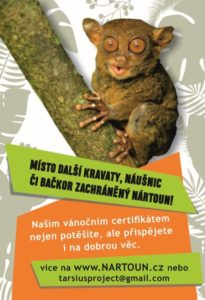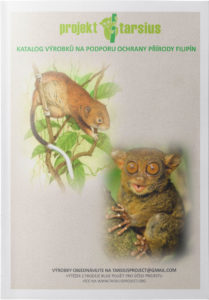News about the last Czech fieldtrip to the Philippine tarsier
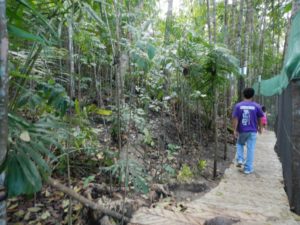
New tarsier enclosure in Loboc – photo Milada Řeháková
It is almost one year since I have come back from my last fieldtrip to the night pixies, the Philippine tarsier. During that time we have been busy with data analyses, preparation of the next steps and also gathering funds for further continuation of the Tarsius project. The project has been dealing with tarsier research and conservation of the Philippine tarsier since four years. Christmas time is coming and I am getting my short, T-shirts and the technical equipment that is the main and heaviest part of my luggage ready for the next trip to the tropical island.
Last year we have achieved a unique success as we have informed you on our website. Tarsiers that have been held in captivity as a tourist attraction on Bohol island, in conditions were they were dying very quickly and have being replaced by newly captured animals have been saved. That all happened because of our project and a great help of Czech Ambassador Josef Rychtar. I have read all this news in newspapers and I was very curious how the real situation looks like. And I can say that I was quite pleasantly surprised. All the facilities with unsuitable conditions, or almost all…., were closed and the tarsiers move to a new big and open enclosure, where the visitors are accompanied by trained guides. It is a huge change if you compare the situation that lasted since more than ten years and due to increasing tourism was getting worse and worse without any local regulation.
More than one hundred animals have been transferred to a 16 ha area. Only one part, around one hectare, where you can find eight tarsiers is accessible for tourist. So there is a question, where are the other one hundred tarsiers. According to the guides they are in the breeding area, according to other sources they have simply run away. It is highly probably because the enclosure, similarly to Corella, has no ceiling.
Anyway, it is obvious that the number of displayed tarsier has decreased and that the conditions are much better than before. Therefore, the number of illegally poached tarsier will decrease. At least until the hunters find another market.
What will follow?
It is obvious that the Philippine tarsier is a symbol of the Philippines and a tourist attraction. However, this fame is not helping much. The population is decreasing due to illegal hunting and habitat, forest, destruction. With a growing human population in the Philippines, this trend can hardly be stopped. The situation is even more complicated. Tarsiers hardly survive in captivity and even the best zoos of the world were not able to keep and breed these animals successfully. And this is a big challenge of the Tarsius project!
In cooperation with a local conservation organization Wings of Serenity (and Simply Butterflies Conservation Centre) we decided to set up a conservation centre for tarsiers. Among its goals is breeding of these unique animals, development of further conservation activities focusing on visitors of the centre and development of local ecotourism in Bilar, Bohol Island. We have planned carefully the next steps during our last two months trip. The breeding enclosures will be situated in a new area and it should be built until end of the year. As we believe starting of the breeding facility directly in the Philippines, in the local area, can eliminate some of the factors that could possibly lead to a failure in the past – e. g. stress during transport, climate and natural food. On the other hand training of the keepers and caretakers will be among the most important goals in the future and we will certainly need another person who will join our team in the Philippines.

Measuring of area of the planned tarsier enclosure – photo Václav Řehák

